-
Late Thoroughwort
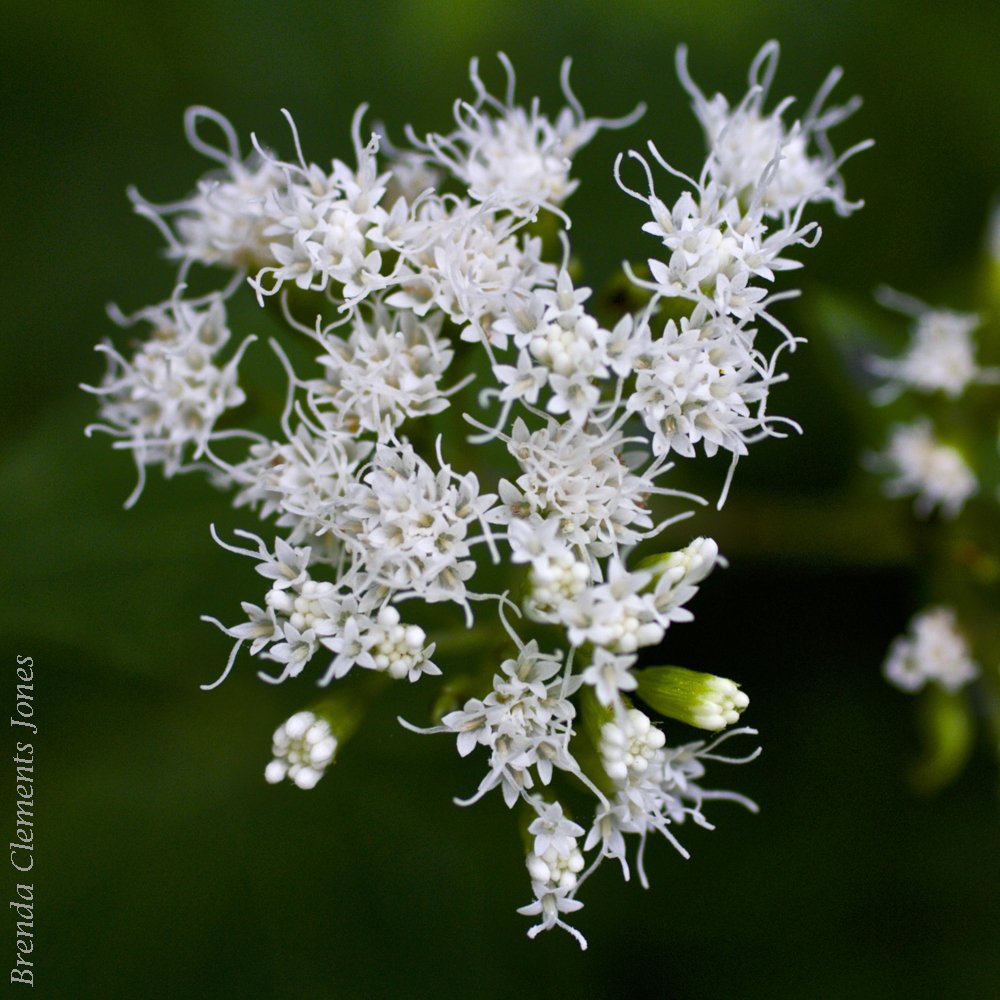
Late Thoroughwort (Eupatorium serotinum). A poisonous perennial herbaceous plant that is native to eastern North America. Many insects such as bees, wasps, flies, butterflies, skippers, moths and beetles are attracted to these flowers mostly for the nectar. Late Thoroughwort is one of the last wildflowers to bloom in the autumn, and before we know it, autumn…
-
Everlasting Pea
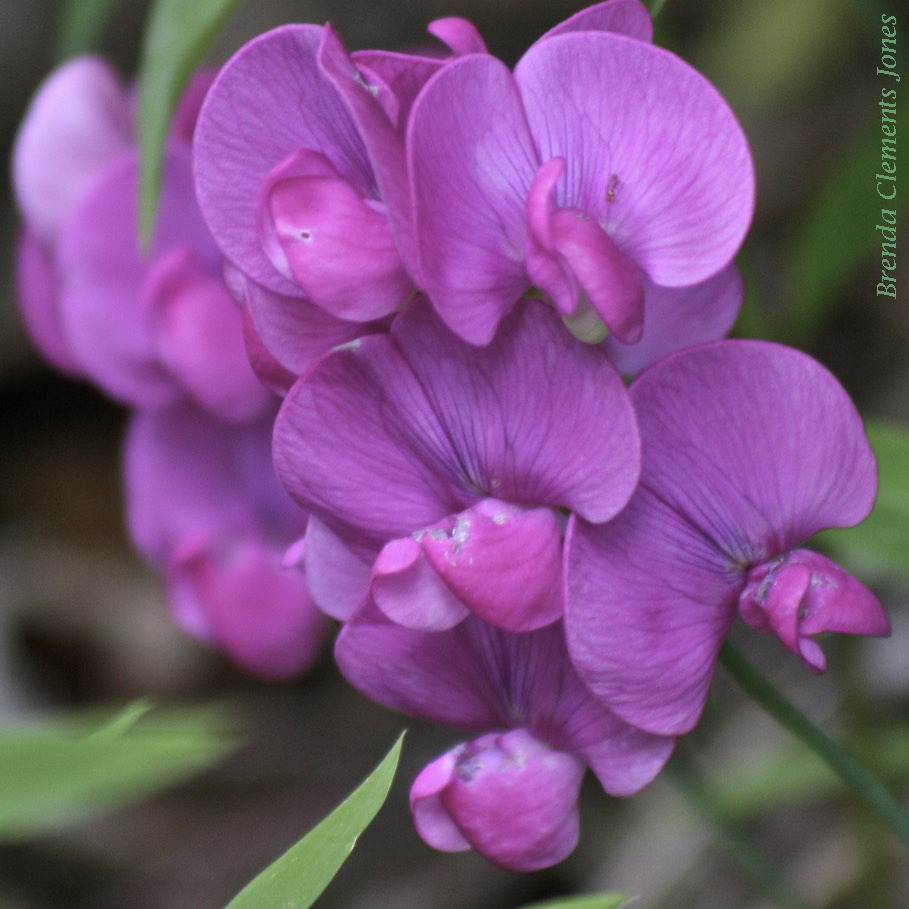
Everlasting Pea (Lathyrus latifolius) native to Europe. An herbaceous perennial vine that has 3 to 6 foot long winged stems. It’s occasionally found along woodland edges, at the sites of old homesteads or in this case at the site of an abandoned church along a dirt road in the mountains. The seeds of Everlasting Pea…
-
Horsenettle
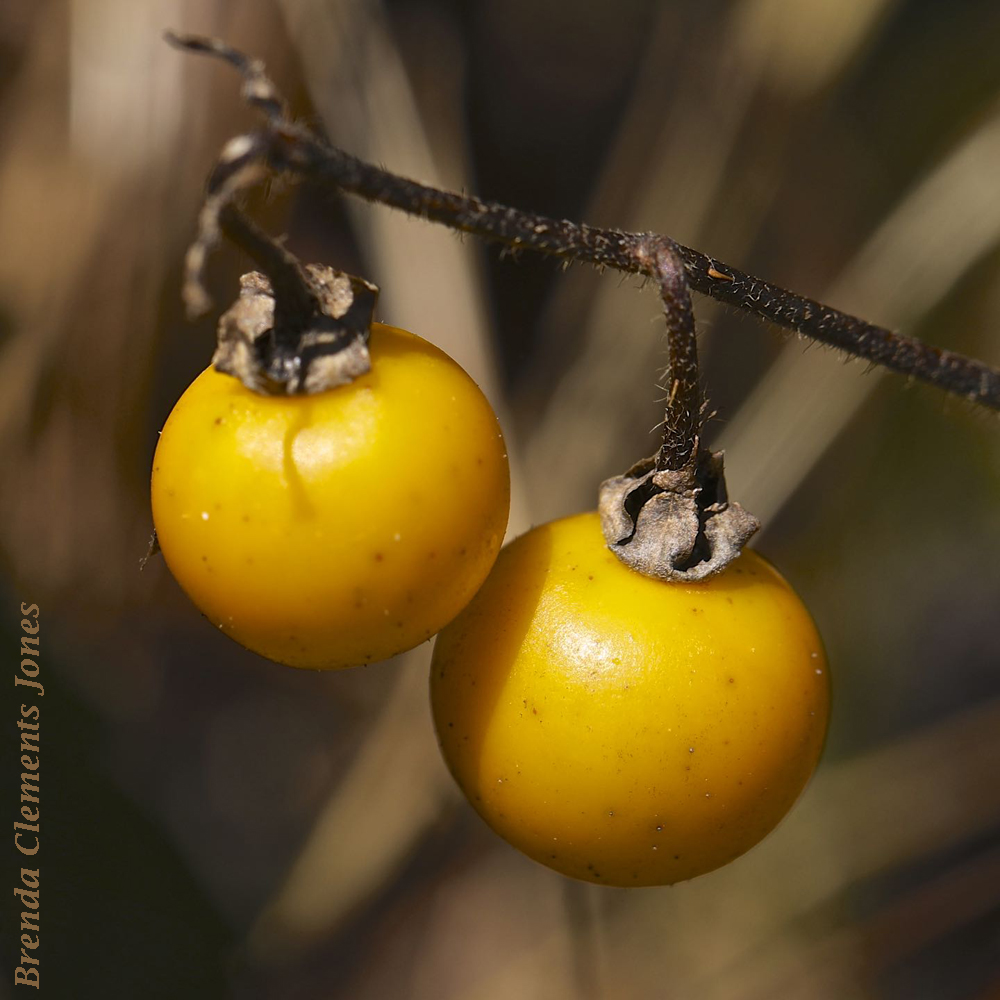
Horsenettle (Solanum carolinense). Horsenettle, is not a true nettle, but a member of the Nightshade family (Solanaceae). Other members of the Nightshade family that you are familiar with are Tomato, Potato, Eggplant, Bell Pepper, and Petunia. It is a perennial herbaceous plant, native to the southeastern United States. It can grow to 2 or 3…
-
Pokeweed
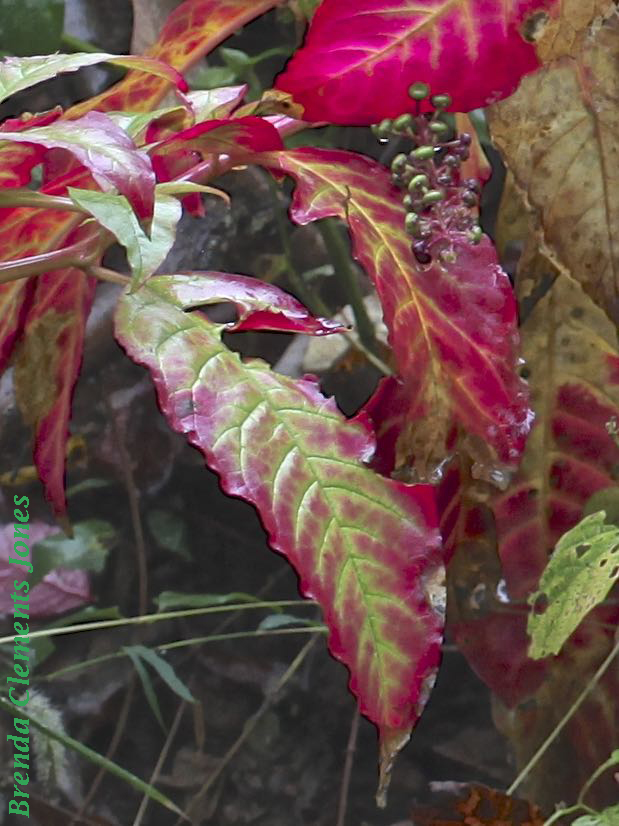
Pokeweed (Phytolacca americana). A poisonous, herbaceous, perennial plant with red stalks that can grow to be 3 to 10 feet tall. And under perfect conditions can reach more than 20 feet tall. It’s native to eastern North America, the Midwest, the South, through Texas, New Mexico and Arizona to the West Coast. All parts of the plant…
-
Lobelia inflata
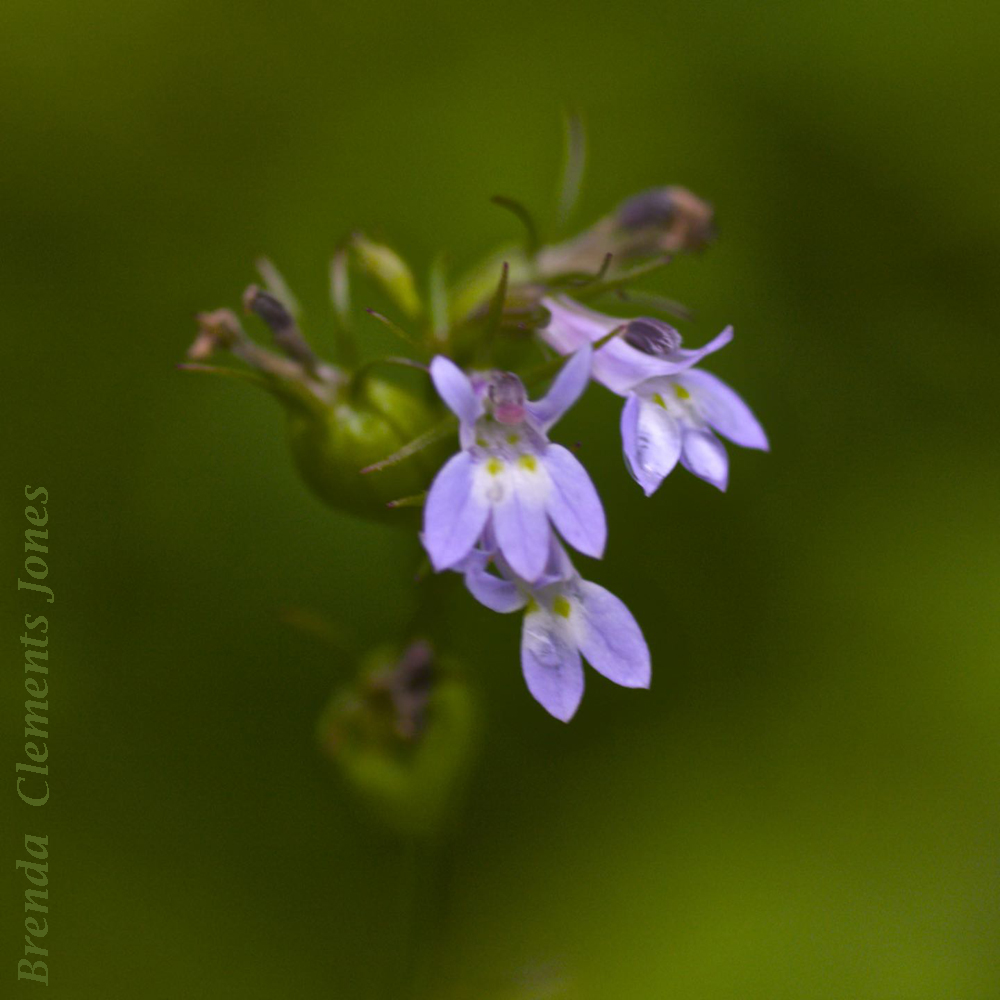
Incredibly tiny flowers that grow on slightly hairy stems. At just 1/3 inch long the flowers would be perfect for a dollhouse. Lobelia inflata flowers are a beautiful shade of pale blue-purple. Native to eastern North America. A bit of conflict on the Internet regarding whether Lobelia inflata is poisonous or not. More sites say…
-
Black and Yellow Lichen Moth
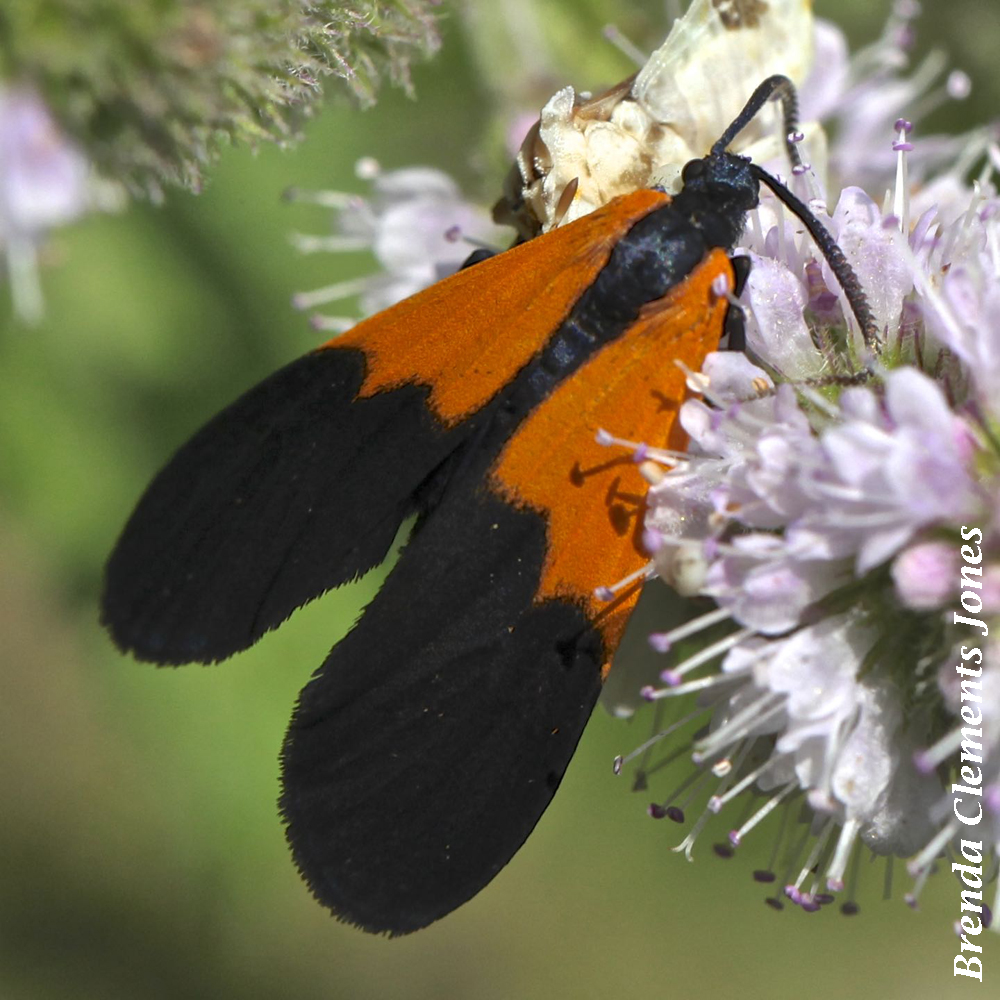
A moth that flies during the day, diurnal. A Black and Yellow Lichen Moth (Lycomorpha pholus). Though the name implies the color yellow you can see that this one, above, is reddish-orange along with the striking black with a subtle blue sheen. Many of this species of moth come in shades of not just yellow…
-
Carolina Horsenettle
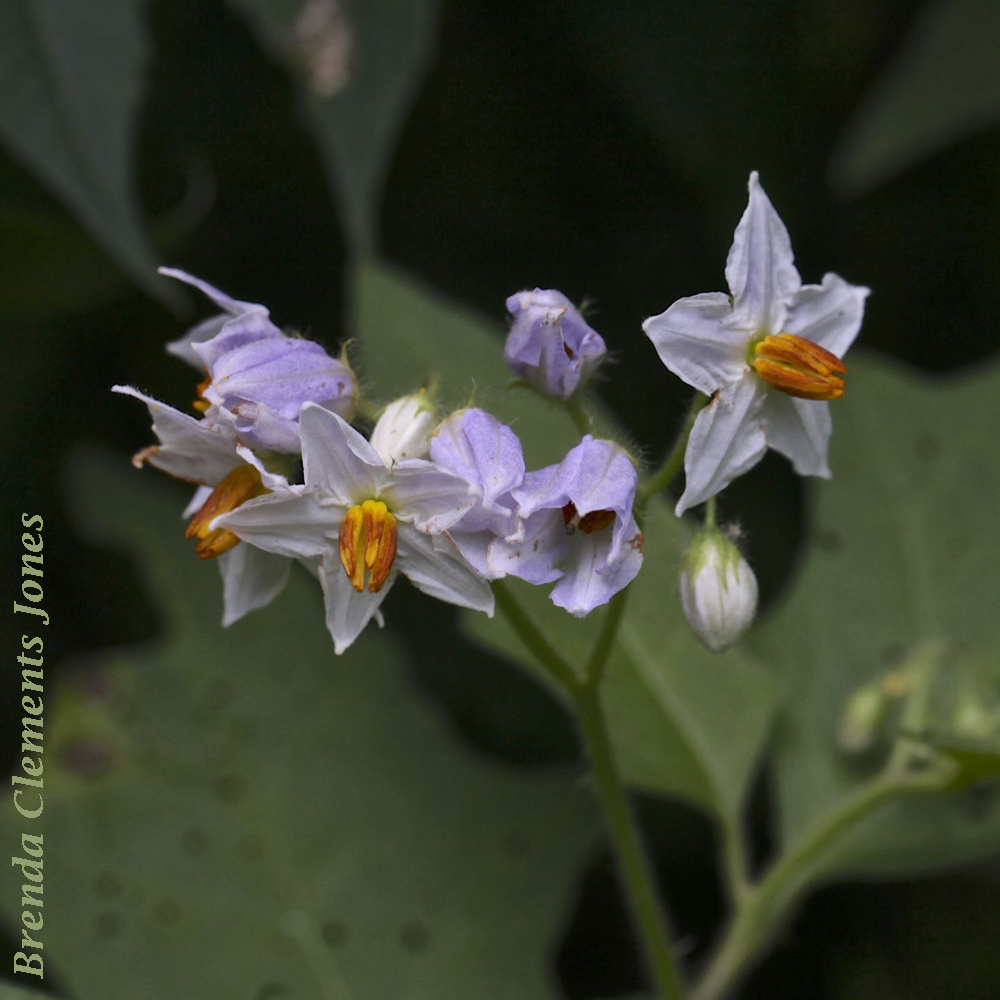
One to watch out for. Carolina Horsenettle (Solanum carolinense), all parts of the plant are poisonous including cherry tomato-looking berries which turn yellow when ripe. Native to southeastern United States but has spread widely.
-
Pickerel Frog
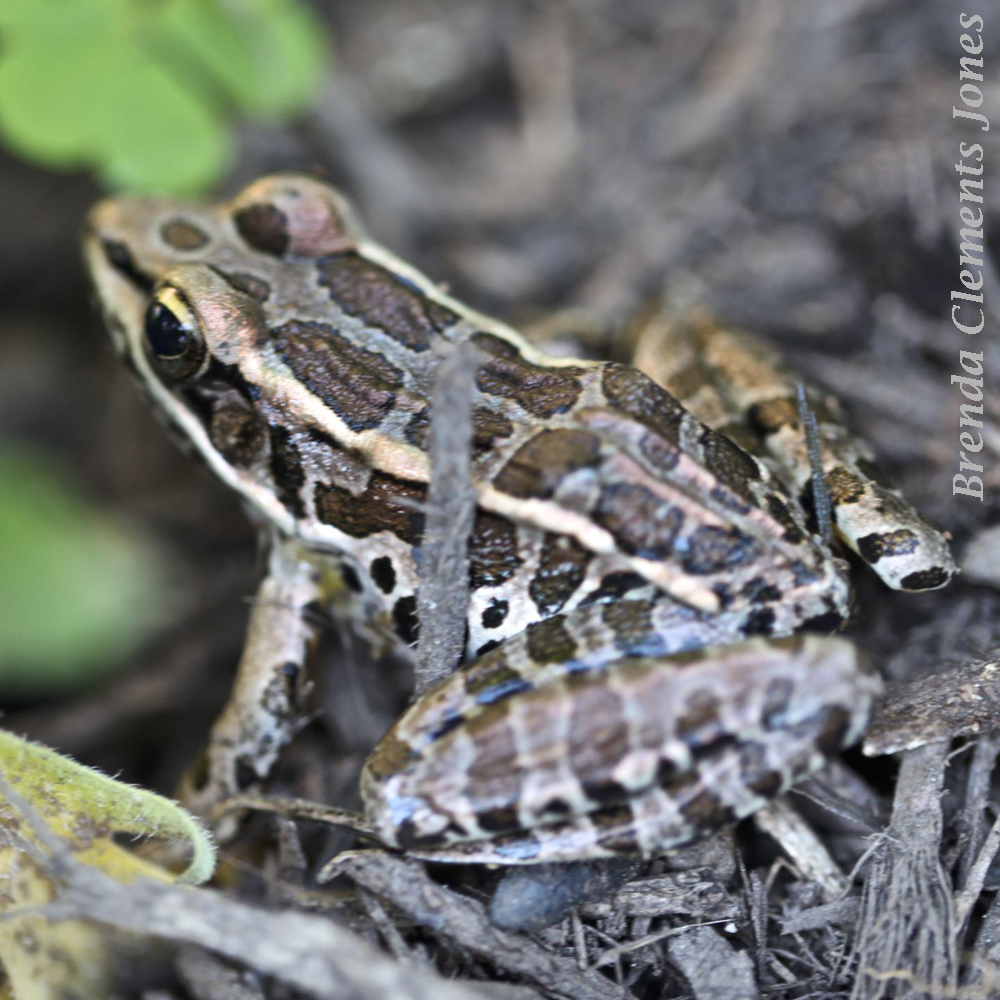
A pond will attract some fun creatures. Even a small man-made pond. Immediately after the pond at my cabin was put in, frogs began arriving. One species of frog that visits is a Pickerel Frog (Lithobates palustris). A word of caution. The pickerel frog is the only poisonous frog native to the United States. You may…
-
Elderberry
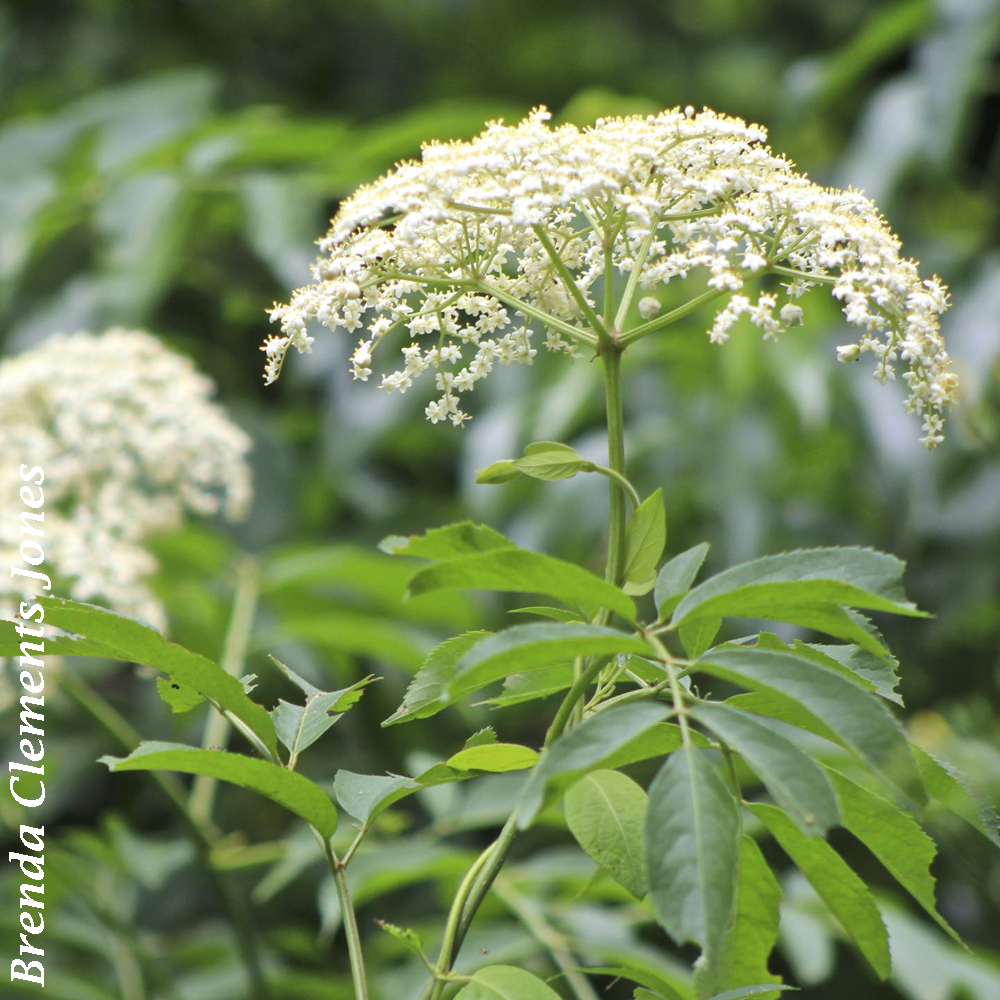
Lots of Elderberry Bushes (Sambucus canadensis) are in bloom up here in the mountains. On a trip to Florida in early May, I saw many in bloom down there along the roadways, making me feel at home. Now I’ve got Elderberries blooming at the edge of the woods outside my cabin too thanks to Saint…